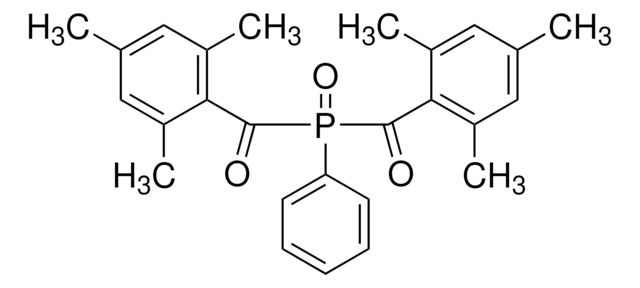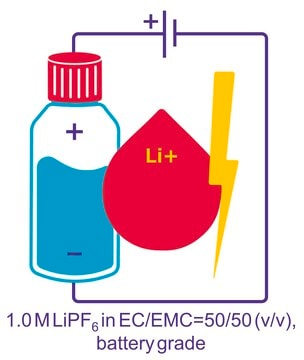223999
2,5-Bis(5-tert-butyl-benzoxazol-2-yl)thiophene
suitable for scintillation, 99%
Sinónimos:
BBOT
About This Item
Productos recomendados
Nivel de calidad
Ensayo
99%
Formulario
powder
técnicas
titration: suitable
color
yellow to green
mp
199-201 °C (lit.)
solubilidad
toluene: 50 mg/mL
densidad
1.272 g/cm3 at 20 °C
ε (coeficiente de extinción)
≥47000 at 372-374 nm in dioxane
idoneidad
suitable for scintillation
aplicaciones
diagnostic assay manufacturing
hematology
histology
temp. de almacenamiento
room temp
cadena SMILES
CC(C)(C)c1ccc2oc(nc2c1)-c3ccc(s3)-c4nc5cc(ccc5o4)C(C)(C)C
InChI
1S/C26H26N2O2S/c1-25(2,3)15-7-9-19-17(13-15)27-23(29-19)21-11-12-22(31-21)24-28-18-14-16(26(4,5)6)8-10-20(18)30-24/h7-14H,1-6H3
Clave InChI
AIXZBGVLNVRQSS-UHFFFAOYSA-N
¿Está buscando productos similares? Visita Guía de comparación de productos
Categorías relacionadas
Descripción general
Aplicación
Producto relacionado
Código de clase de almacenamiento
11 - Combustible Solids
Clase de riesgo para el agua (WGK)
WGK 1
Punto de inflamabilidad (°F)
Not applicable
Punto de inflamabilidad (°C)
Not applicable
Equipo de protección personal
Eyeshields, Gloves, type N95 (US)
Elija entre una de las versiones más recientes:
¿Ya tiene este producto?
Encuentre la documentación para los productos que ha comprado recientemente en la Biblioteca de documentos.
Nuestro equipo de científicos tiene experiencia en todas las áreas de investigación: Ciencias de la vida, Ciencia de los materiales, Síntesis química, Cromatografía, Analítica y muchas otras.
Póngase en contacto con el Servicio técnico








